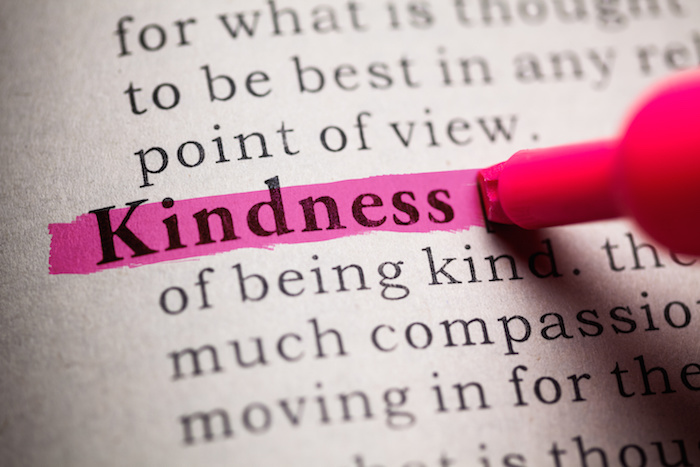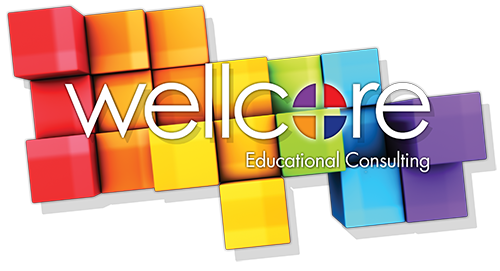-

Pride Conference
Rockland County Coalition for Drug-Free Schools & Communities Presents…
The PRIDE Conference
Presentation of results of the 2017 County-wide PRIDE Survey given to 8th and 11th grade students in Rockland County public schools
Thursday, April 6, 2017
Dominican College: Rosary Hall, Lawrence Room
8:00am – 11:00amThis conference is FREE of charge. RSVP requested by April 3.
Opening Remarks: Rockland County Executive, Ed Day and District Attorney, Thomas Zugibe
PRIDE Survey History: Victoria Shaw & Shari Ovadia
Keynote Speaker: Christina Pratt, Ph.D., MSSWContinental Breakfast Sponsored by Wellcore
RSVP by Monday, April 3, 2017 to drugfreerockland@gmail.com or click here.
The Pride Survey is a national questionnaire provided to students to gather information on drugs and alcohol, violence, social influences, and policies.
Conference brought to you by the Rockland County Coalition for Drug-Free Schools & Communities,
Co-chairs Vickie Shaw and Susan Maher -

The Perfect Storm: Battling The Drug Epidemic
Wellcore invites the community to attend “The Perfect Storm: Battling The Drug Epidemic” on January 20, 2016 at 6:30 pm at the Pearl River Hilton in Pearl River, NY to learn about drug trends and how to prevent and understand the behaviors that lead to drug abuse. There will be a panel featuring Rockland County Supervising Assistant District Attorney Tina Guccione; Orangetown Police Captain Donald Butterworth; “Carole”, the mother of an addict; and “Steve” a recovering addict. Following the panel there will be time for Q&A. Also, we will be offering a break out room with tables of resources and spokespeople.
RSVP for the event here.
-

October Is National Bullying Prevention Awareness Month
The Centers for Disease Control and Prevention (CDC) announced this week that October is National Bullying Prevention Awareness Month. Bullying is widespread in the United States. In 2013, 20% of U.S. high school students reported being bullied on school property and 15% reported that they were bullied electronically within the past 12 months. Youths who are bullied are at increased risk for depression, anxiety, sleep difficulties, and poor school adjustment. Youths who bully others are at increased risk for substance use, academic problems, and violence later in life[1].
The CDC defines bullying as “any unwanted aggressive behavior(s) by another youth or group of youths who are not siblings or current dating partners that involves an observed or perceived power imbalance and is repeated multiple times or is highly likely to be repeated” As a form of youth violence, bullying can include aggression that is physical (e.g., hitting, tripping), verbal (e.g., name calling, teasing), or relational/social (e.g., rumor spreading, leaving out of a group). Electronic aggression or cyberbullying is bullying that occurs through Internet or mobile telephone technology (e.g., e-mail, chat room, instant messaging, website, text messaging, videos, or pictures).
During National Bullying Prevention Awareness Month, partners from different sectors collaborate to raise awareness about bullying prevention and identify ways to stop bullying year-round through events, activities, outreach, and education. The ultimate goal is to stop bullying before it starts. There are a number or online tools and resources to help parents learn about and address bullying—whether their child is the target, the offender, or a little of both, as can often be the case.
Common Sense Media provides helpful information about cyberbullying as well as digital citizenship, and they offer this advice, “If you’re trying to figure out whether your kid is being cyberbullied, think about whether the offender is being hurtful intentionally and repeatedly. If the answer is no, the offender might simply need to learn better online behavior. If the answer is yes, take it seriously.”
The CDC indicates that certain promising school-based bullying prevention programs include the following elements: 1) improving supervision of students, 2) using school rules and behavior management techniques to detect and address bullying, 3) implementing and consistently enforcing schoolwide anti-bullying policies, and 4) promoting cooperation among different professionals and between school staff and parents.
Wellcore’s own character education program for middle school students addresses the underlying emotional motives of bullying and fosters ethical, moral, and pro-social choices. The twelve-part program with versions for 6th, 7th, and 8th graders meets the standards for bullying prevention set forth in New Jersey’s Anti-bullying Bill of Rights and New York’s Dignity for All Students Act. The interactive and engaging lessons get students excited and involved and address the root causes of bullying behavior in order both to thwart antisocial behavior and to contend effectively with bullying. For more information, contact us.
[1] Farrington D, Baldry A. Individual risk factors for school bullying. J Aggress Conflict Peace Res 2010;2:4–16.
Read More
